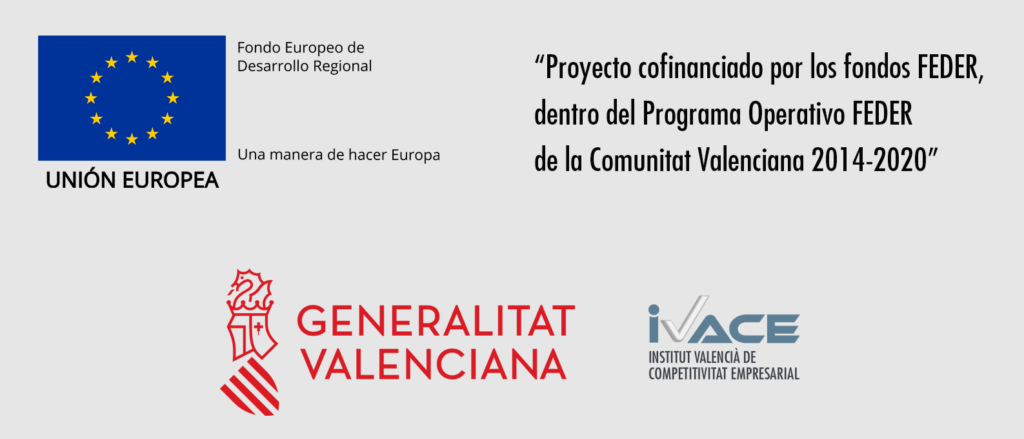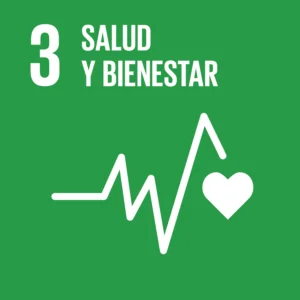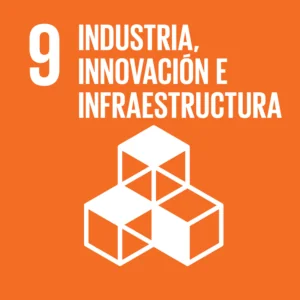Ensuring food safety is a priority for the food sector. Analytical methods are essential to guarantee the absence of potential hazards for consumers. Listeria monocytogenes is one of the bacteria that receives significant attention from the industry. At AINIA, we are working on developing a solution for Listeria detection that overcomes the limitations of conventional analytical methods. Let us tell you more. Foodborne illnesses have a tremendous impact on public health and the economy of countries: 600 million cases of illnesses, 420,000 deaths, and over 95 billion dollars in annual productivity loss, according to estimates from the United Nations. Therefore, ensuring food safety is a priority for the food sector in general and for operators in particular. In this regard, analytical methods are crucial to ensure the absence of potential hazards for consumers – such as certain viruses, bacteria, and chemical compounds – in the shortest time possible, especially for short shelf-life foods.
Listeria monocytogenes in ready-to-eat foods
Listeria monocytogenes is the species of the genus Listeria that causes listeriosis in humans and animals. This infection is rare but has high rates of hospitalization and lethality. The main transmission route of this disease is through the consumption of contaminated foods or feed.
The bacteria can naturally be found in some fresh products and can also contaminate other minimally processed foods through cross-contamination. This phenomenon occurs because L. monocytogenes, once it has entered a food facility, can grow under adverse conditions (refrigeration temperatures) and in various areas (soil, drains, and surfaces in contact with food) from which it can transfer to foods.
Experience in biosensors for contaminant detection
<p»>With the aim of providing industry solutions to reduce waiting times for analysis results, both for L. monocytogenes and other chemical or microbiological contaminants, AINIA has been working for over 10 years in biosensor technology. Biosensors are devices that use enzymes, antibodies, tissues, or isolated cells to detect chemical compounds, usually through electrical, thermal, or optical signals. Some examples of applications related to quality control and safety in the agri-food industry would be: process control (e.g., fermentation or pasteurization) and composition analysis (e.g., alcohol or sugar percentage), shelf life (e.g., biogenic amines), or contamination (e.g., pesticides or microbes). It is worth noting AINIA’s participation in various national and European consortia for the development of optical immunosensors (or immunological biosensors) for different applications, such as the detection of pesticides in citrus fruits (SABIO) and the detection of L. monocytogenes in environmental samples (BIOLISME). In both cases, conventional analytical methods – chromatographic or based on cultures or immunological assays – require equipment and qualified personnel capable of performing laborious tests or handling sophisticated instrumentation. The main advantages offered by optical immunosensors are their high sensitivity, specificity, and speed.
AWSensors technology for the detection of Listeria monocytogenes in food
Recently, AINIA has embraced the Quartz Crystal Microbalance with Dissipation Monitoring (QCM-D) technology from the Valencian company Advanced Wave Sensors (AWSensors) to address the detection of contaminants in food.
The QCM-D technology is based on the use of a piezoelectric resonator as a sensor for studying interactions on its surface. Among the advantages of these instruments, it is worth noting their ability to provide information – under flow conditions, without the need for markers, and in real-time – about the adhesion of molecules with high sensitivity (on the order of nanograms), as well as their elastic properties and topology.
Research and Development (R&D) in biosensors for rapid pathogen detection
These efforts are part of the R&D line in biosensors for the rapid detection of pathogens that AINIA is developing within the framework of the PROMECE 2021 program funded by the Valencian Institute of Business Competitiveness (IVACE).







